Tow-behind spreaders are versatile equipment that can be used to spread a variety of materials. They are commonly employed in gardening, landscaping, agriculture, and winter maintenance. Here are the types of materials that can be spread with a tow-behind spreader:
Fertilizer: Tow-behind spreaders are commonly used to spread fertilizer on lawns, gardens, and agricultural fields. Fertilizer contains essential nutrients that promote plant growth and health. The spreader ensures even distribution of the fertilizer over a large area, allowing for efficient application and maximizing its benefits.
Seeds: Tow-behind spreaders are ideal for sowing grass seeds, flower seeds, or any other types of seeds. The spreader's mechanism ensures uniform seed dispersal, resulting in an even distribution across the designated area. This is particularly useful for establishing new lawns, reseeding patches, or planting cover crops.
Lime: Lime is often applied to adjust soil pH levels. Tow-behind spreaders can be used to evenly distribute lime over the soil surface, allowing it to interact with the soil and improve its pH balance. Proper pH levels are crucial for optimal nutrient absorption and overall plant health.
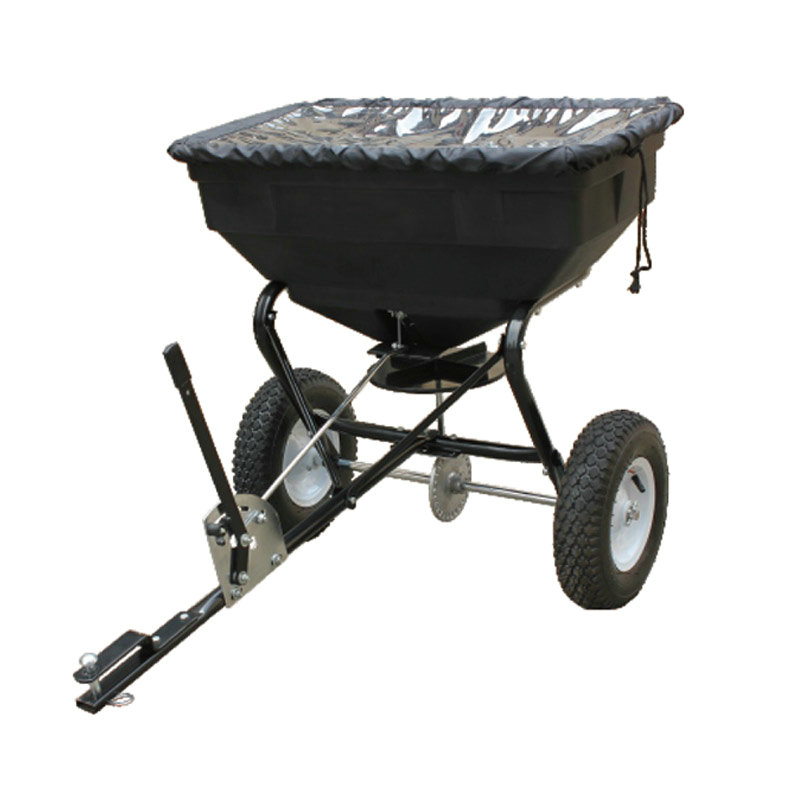
Salt: In regions experiencing winter weather conditions, tow-behind spreaders are commonly used to spread salt on roads, driveways, and walkways. Salt helps melt ice and snow, enhancing traction and reducing the risk of accidents. The spreader ensures that the salt is evenly applied, promoting efficient ice melting and safer surfaces.
Sand: Similar to salt, sand can be spread using a tow-behind spreader for winter maintenance purposes. Sand is often used in areas where traction is needed, such as on icy roads or slippery pathways. The spreader evenly distributes the sand, providing better grip and reducing the likelihood of slips and falls.
Mulch: Tow-behind spreaders can be utilized to spread mulch in landscaping projects. Mulch helps conserve moisture, suppress weed growth, and improve the appearance of flower beds and garden areas. The spreader evenly distributes the mulch, saving time and effort compared to manual application methods.
Pesticides and Herbicides: Tow-behind spreaders can also be used to spread pesticides and herbicides. These chemicals are applied to control pests, insects, and weeds in agricultural fields, gardens, and landscapes. The spreader ensures even coverage, allowing for effective pest and weed management.
It is important to note that when using a tow-behind spreader, it is crucial to follow the manufacturer's instructions and guidelines for the specific material being spread. Proper calibration and adjustment of the spreader settings are necessary to achieve accurate application rates and desired results.
In summary, tow-behind spreaders are versatile tools that can handle a range of materials. They are commonly used for spreading fertilizer, seeds, lime, salt, sand, mulch, and pesticides/herbicides. By using a tow-behind spreader, you can achieve efficient and uniform distribution of these materials, whether for enhancing plant growth, maintaining safe winter surfaces, or managing pests and weeds.

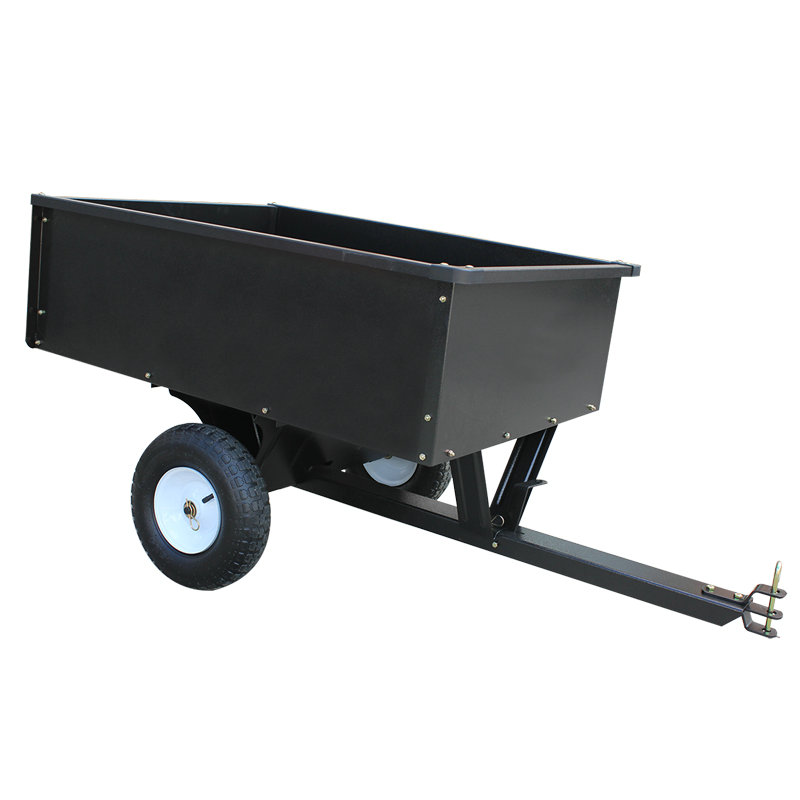 see more
see more
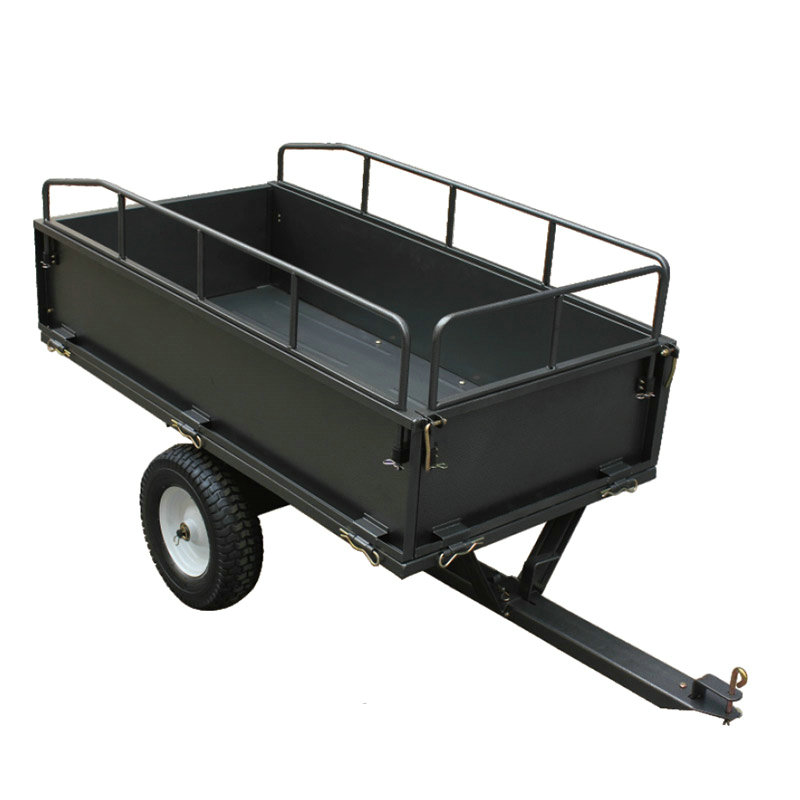 see more
see more
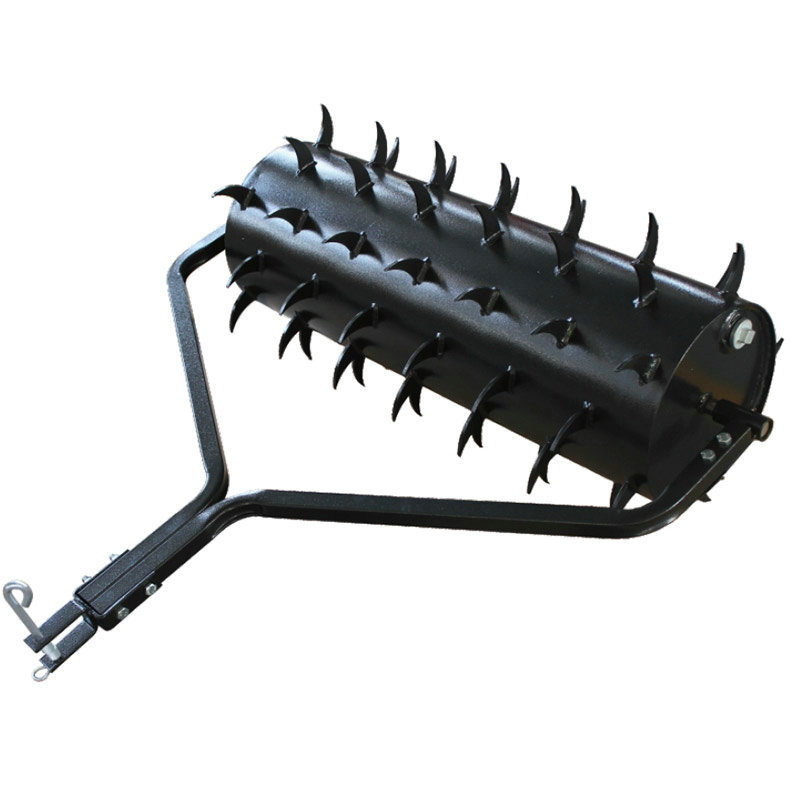 see more
see more
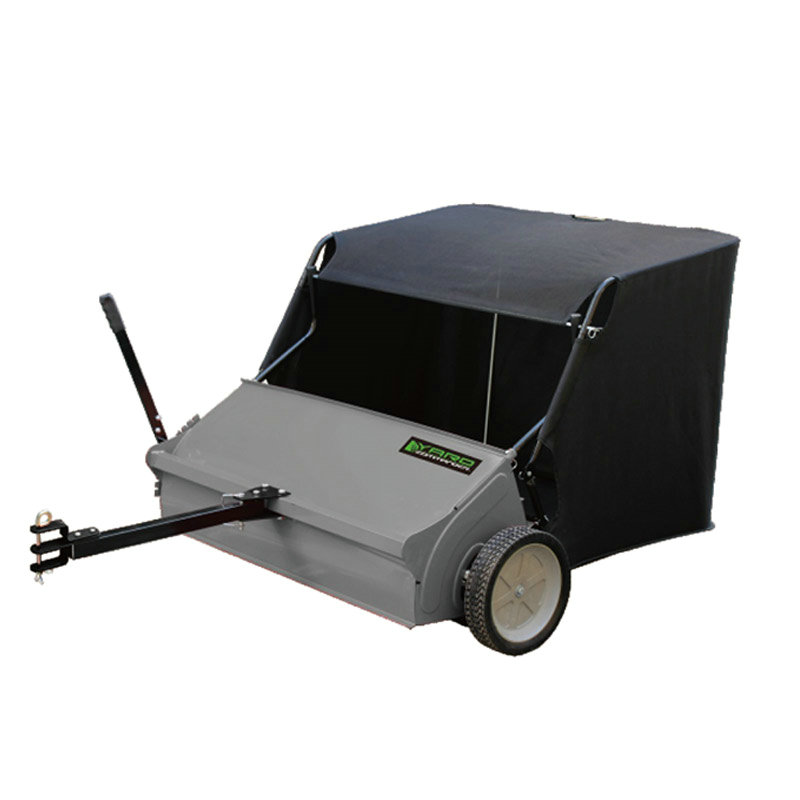 see more
see more


